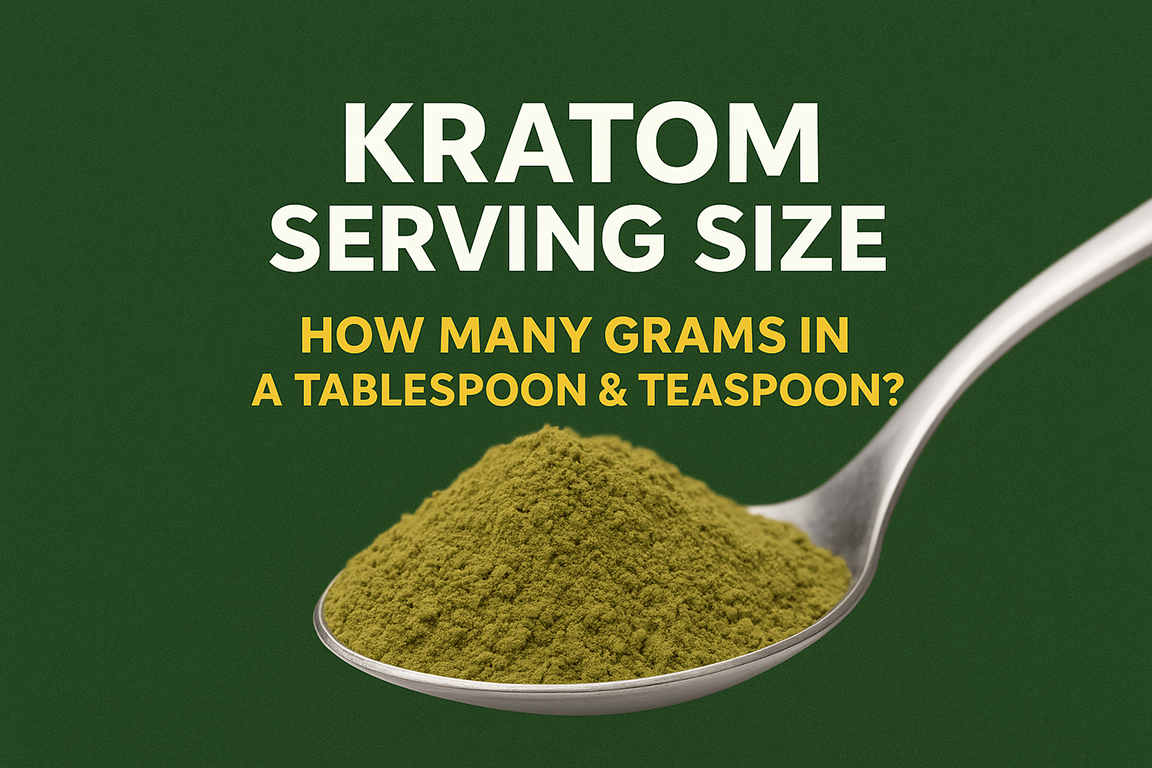News >> How to tell if kratom is expired?
Most Viewed

How to tell if kratom is expired?
Created by: admin at Jan 18, 2023 377Kratom shows clear signs of expiration. So, if you’ve been sitting on a batch for over a year, here’s how to tell it’s no longer viable:
- Pale coloring: Fresh powders and leaves have vibrant green and red shades; even white strains look healthy. Old kratom becomes pale and gets a sickly yellow hue.
- Faint aromas: Kratom leaves have a musky, earthy scent and bitter flavors. As they age, their compounds break down, leaving the leaf or powder smelling and tasting flat.
- Weak effects: The kratom experience is heavy-hitting and fast-acting when you use fresh herbs. Aged products don’t induce the same pleasant sensations: you might not feel them at all.
Which factors can make kratom go bad?
Kratom can go bad, and time is the number one factor that makes it expire. If kept in perfect conditions, this process is pretty long. Let’s see which elements of the environment speed up its degradation.
Ultraviolet light
Ultraviolet light, like sunlight and some MH and LED fixtures, damages alkaloids. Kratom’s expiration date comes sooner in such conditions, whether the glow reaches it directly or through transparent glass.
When light hits a jar, it also increases the temperature inside it. Heat leads to faster degradation, so light is double trouble for kratom longevity.
To counter this issue, remove kratom from direct sunlight as soon as you finish using it. Choose opaque jars and keep them in a spot with little or no light.
Oxygen
Organic compounds oxidize upon interacting with the air. In the case of kratom, the mitragynine alkaloid turns into mitragynine pseudoindoxyl. The latter version is much less potent.
In simple terms, oxidation makes your product lose color and become less potent. Kratom shelf life can drop by a month due to high amounts of oxygen, so use sealed bags from day one.
This factor mainly affects powders and tea leaves. Capsules are relatively immune to it, but it’s best to stay safe and keep them in air-tight storage.
Moisture
No matter your preferred form, kratom comes from dried leaves. We extract water from the plant material before processing it because it otherwise becomes a breeding ground for mold.
The same happens if you let drops of liquid touch leaves or powder in storage. When pathogens enter the container, they quickly spread and ruin the batch.
Besides keeping the product safe from water, you want to watch the moisture in your storage area. Kratom expires more quickly in bathrooms, washrooms, or kitchens with over 50% relative humidity. Dry air prolongs its shelf life.




